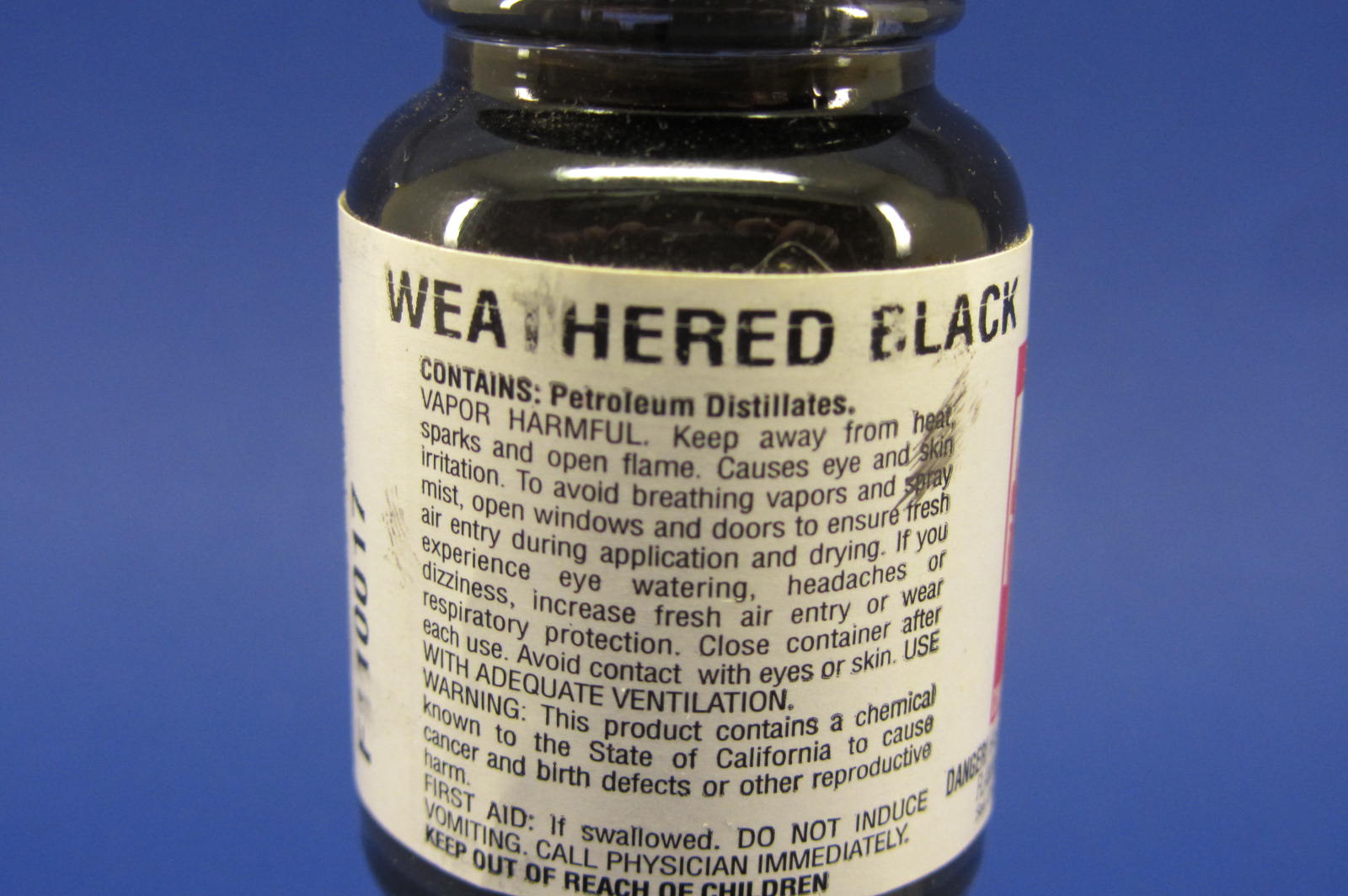

It's been quite a long time since I bought it and I can't remember.
Thanks






Is this paint enamel or lacquer?


It's been quite a long time since I bought it and I can't remember.
Thanks




Depends on the vintage. The original Floquil was great paint. It was the only paint I used and I never had problems with it crazing plastic when airbrushed properly ... and it actually stuck to stuff. They did sell a barrier if you were timid. Floquil was not a typical lacquer in that the thinner was mostly toluene ... so it had a distinct odor that is the dead giveaway of the vintage. You could thin it with lacquer thinner, but once you did, it would go bad if it was stored so the best thinning was done with their own thinner known as Diosol. It was also quite toxic and anyone airbrushing the paint should definitely wear a respirator.
Once Testors got hold of it, they basically turned it into their usual enamel paint and at wasn't much different than Model Master. Judging from the label, that's what your bottle looks like. In which case, it should smell more like paint thinner.
Paul



 |